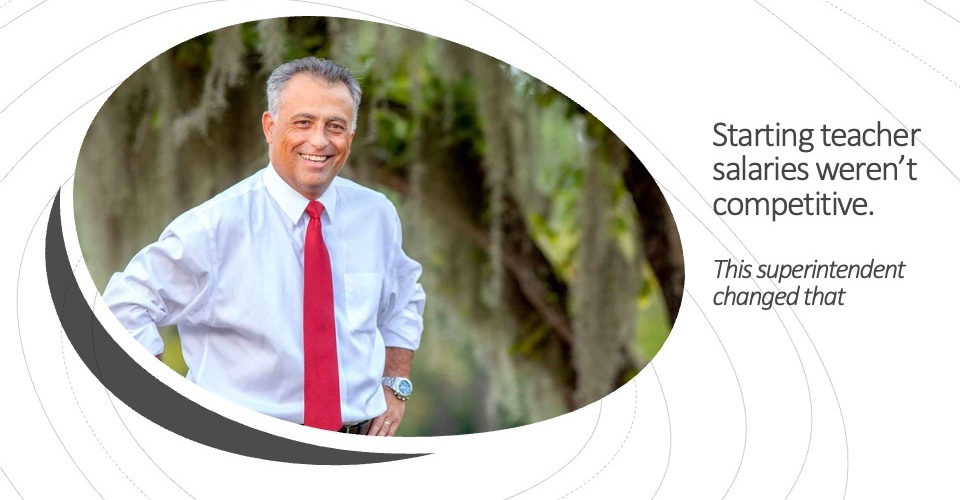It’s clear why teachers would embrace the style of TikTok—students and adults alike love the platform, it allows users to make and share content easily, and the content made and shared often explains important concepts in fun, digestible ways. However, there are also serious problems with this trend.
TikTok has faced continuous scrutiny since its inception, primarily due to persistent privacy violations, including extensive data scraping and lack of user consent. These infractions have led to data breaches and allegations of unauthorized collection of personal information by the company. Most recently, the U.S. House of Representatives even passed a bill meant to force parent company ByteDance to sell TikTok to a U.S. company or face an outright ban.
It’s crucial for educators to recognize that content posted on the internet—especially on a platform like TikTok—remains accessible indefinitely and infinitely and presents great risk to a child if it contains their personal information. Unsafe online data-sharing practices can lead to severe consequences for students, including grooming, cyberbullying, image manipulation, identity theft, and the creation of AI-generated deepfakes.
‘Talking out of School’ podcast: Why authenticity is so important for Principal Kafele
Additionally, teachers and schools expose themselves to potential legal issues from various angles. While I am sure many educators strive to employ safe practices when sharing content, they may not possess a comprehensive understanding of the privacy protocols required in every platform, even with the best intentions.
As someone with over two decades of experience in news publishing and digital media disruption, and currently serving as the CEO of a consent-driven media management platform for schools, I am troubled to discover that many teachers on #teachersoftiktok are (unknowingly or not) exposing unrestricted personal data of students through videos, some of which even reveal the faces and voices of children.
I don’t blame these teachers for not being aware of this indiscretion, however for the protection of our students, teachers and administrators must have more clarity around safety and privacy protocols for TikTok in the classroom. For example, is the school or district allowing teachers to publish classroom content on TikTok? If so, do teachers know the steps required to protect their students’ privacy and data on TikTok?
6 tips for teachers
1. Relevant privacy law is complex and varies from state to state, with individual districts often serving as the guardians of the decision-making process. The Family Educational Rights and Privacy Act does not prohibit teachers from recording or posting school material, but teachers are still responsible for safeguarding students.
Recent litigation against media companies by parents and schools throughout the U.S. should serve as the warning of how fast irresponsible social media use can ricochet. Teachers and administrators, ensure you are upholding your ‘duty of care’ to protect student privacy when posting online.
2. The first, best way to protect students would be to avoid TikTok altogether and find another, more private channel for sharing with your school community.
3. If you do decide to record content in class and share it on social media, make sure you have notified parents that you are doing this and seek their consent before publishing. Trust me, there will be parents out there who don’t want their child’s face posted on TikTok for the reasons outlined above.
4. Minimize sharing of student personal information—yours or that of students—online. Even if you have consent to share students’ faces or names on Tik Tok, you should not reveal any additional personal information that could be used to identify, target or locate a student or steal their identity.
5. Be overly cautious and double-check your photos and videos before publishing. It’s easy to overlook student names on desks, jerseys and name tags. Before posting, always check twice for these kinds of details as well as what’s happening in the background.
6. Seek assistance from your school to find a media publishing tool that filters photos based on whether a parent has provided consent. Such tools preventing unwanted disclosures take the guesswork and risk out of the sharing or publishing process, saving you time, stress and parent heartache.
I anticipate that this debate surrounding TikTok’s use in schools will continue and drive the adoption of stricter security measures either on a school-by-school/district basis or through legislation.
Teachers, as always, stand at the forefront of this evolution. Those who adopt consistent guidelines and prioritize student safety in collaboration with schools and parents can mitigate the risks associated with social media sharing.









